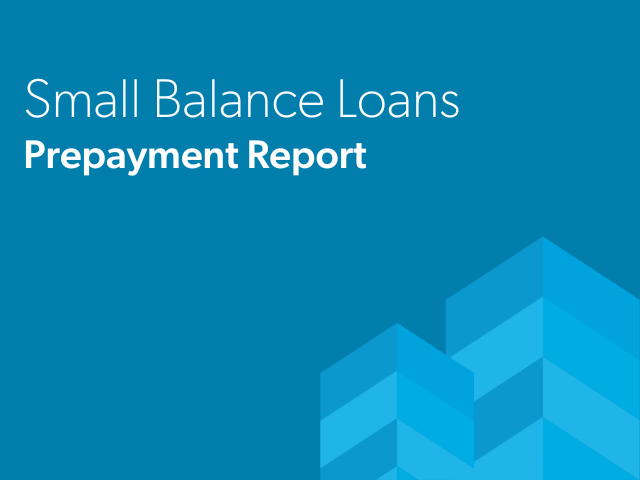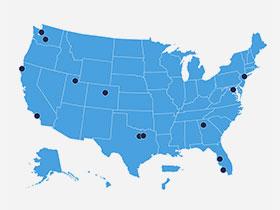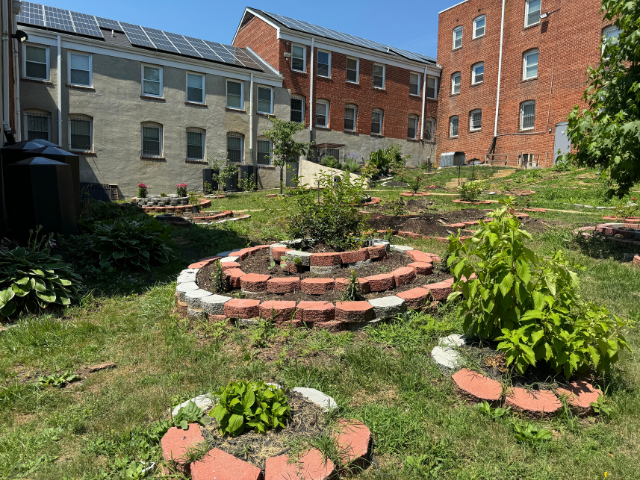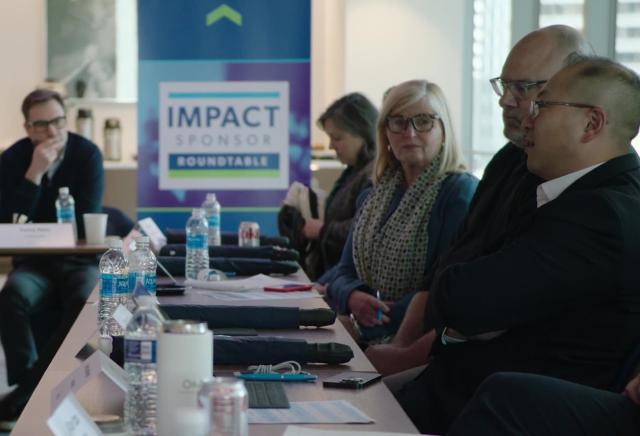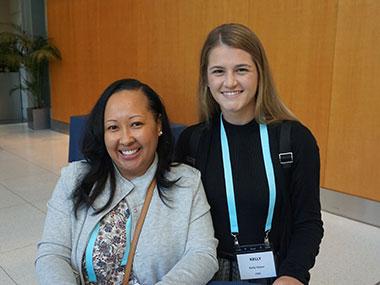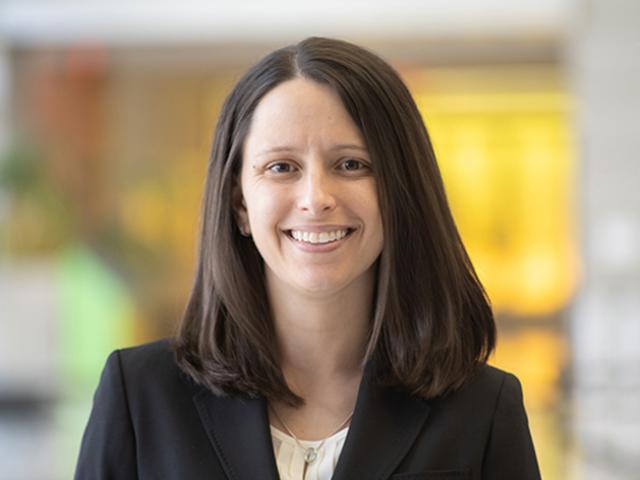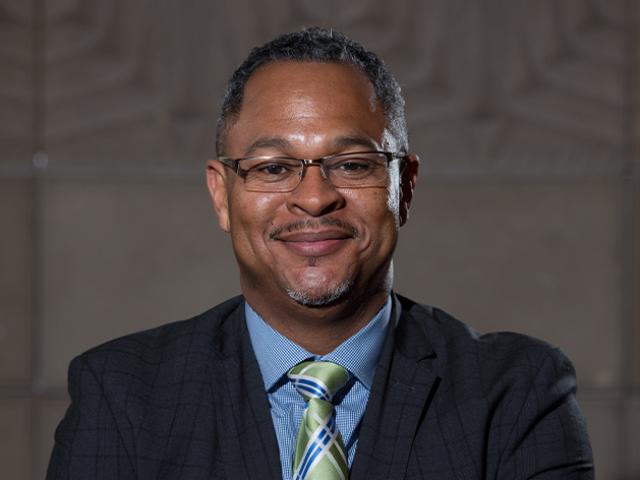Toward a More Equitable Multifamily Market

Last week, Freddie Mac released its Equitable Housing Finance Plan Performance Report, which outlines our successes in meeting the objectives we set in 2022. In addition to the performance report, we issued a revised three-year Equitable Housing Finance Plan to sharpen our objectives by applying what we learned in our first year.
Throughout 2022, we took concrete, meaningful actions — working alongside industry partners, trade organizations and community stakeholders — to foster a more equitable multifamily housing finance system.
Affordable Housing: Creation, Preservation and Rehabilitation
Our plan highlights the prolonged shortage of multifamily housing and the aging nature of the existing housing stock. The effects of these problems disproportionately impact racially or ethnically concentrated areas of poverty, formerly redlined areas and other geographic areas of underinvestment.
In our first year, we worked with our partners across the multifamily industry to encourage the creation of more than 20,000 new workforce and affordable housing units through forward commitments. We funded the rehabilitation of nearly 11,000 workforce and affordable housing units, and we preserved affordability through our loan terms for more than 4,000 housing units that don’t benefit from government support. We plan to enhance these efforts in the next two years.
Opportunity & Resources for Renters
We also worked to provide renters with opportunities to increase their social and economic mobility. We helped enroll more than 184,000 renters in on-time rent reporting through our recently expanded credit building initiative. More than 27,000 of those enrolled were able to establish credit scores for the first time.
In 2022, we also provided direct support to four Renter Resource Organizations across the country to support the services they are providing and learn more about the renter experience. We financed $421 million of Tenant Advancement Commitments, alongside our Optigo® lenders, a product that empowers borrowers to preserve rental rates at affordable levels and provide supportive services to their tenants. And we conducted a first-of-its-kind comparative analysis of state-based tenant protections to help guide our future efforts to strengthen these protections.
Emerging Borrowers
We also focused on the challenges facing emerging multifamily borrowers. In Year 1, we worked to close the knowledge gap by improving the borrower-facing section of our website, as well as expanding our Develop the Developer Academy curriculum to include properties with five or more units.
We made strides engaging these borrowers and strengthening relationships. In addition to co-hosting a virtual borrower event, we created an Emerging Borrower Steering Committee to help us make the multifamily industry more inclusive.
Furthermore, we’re working to close the financing gap. Last year we expanded our Small Balance Loan Link Loan parameters to include 2-4 unit non-contiguous properties, which gives smaller, emerging borrowers more opportunities to grow their portfolios. We also launched a new correspondent relationship program that leverages our existing lender network to support small financial institutions, including minority depository institutions and Community Development Financial Institutions (CDFIs). In 2023, we expect all Optigo lenders to pursue an agreement with at least one correspondent.
We’re committed to fostering a more equitable housing finance system, now and in the years ahead. And we’re grateful to our partners for making our work possible: borrowers, lenders, LIHTC syndicators, investors and others throughout the multifamily industry. The challenges are vast, but through our intentional efforts, together, we can make way for a more equitable path forward.


